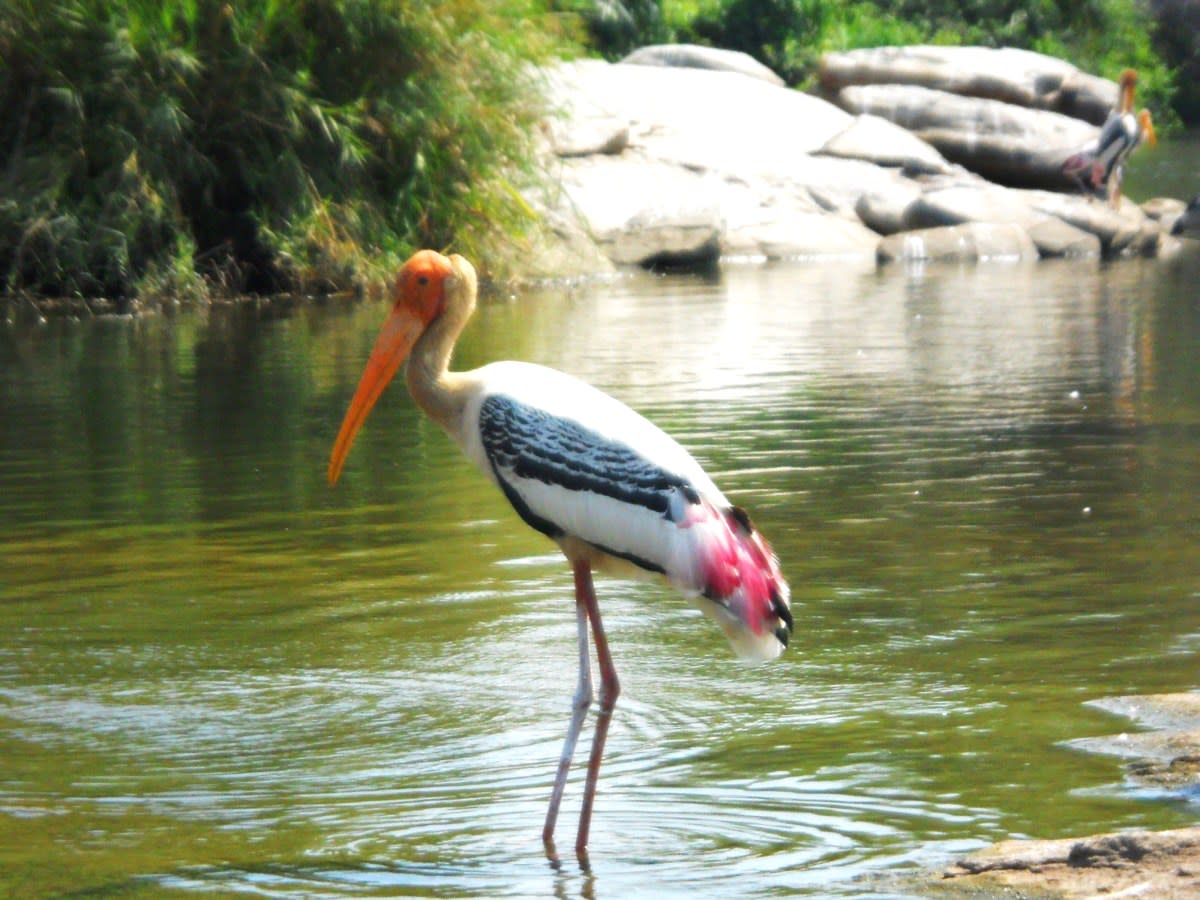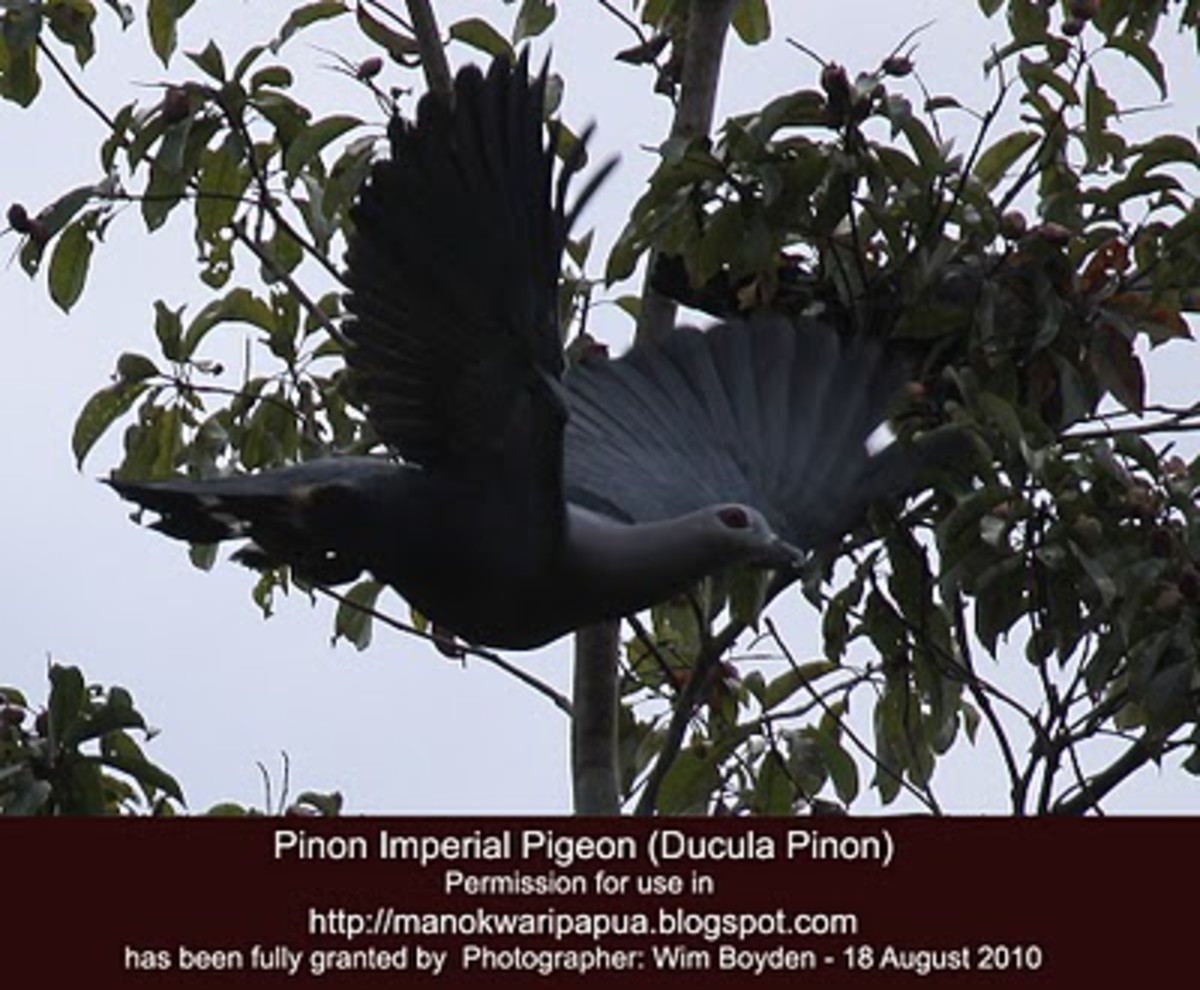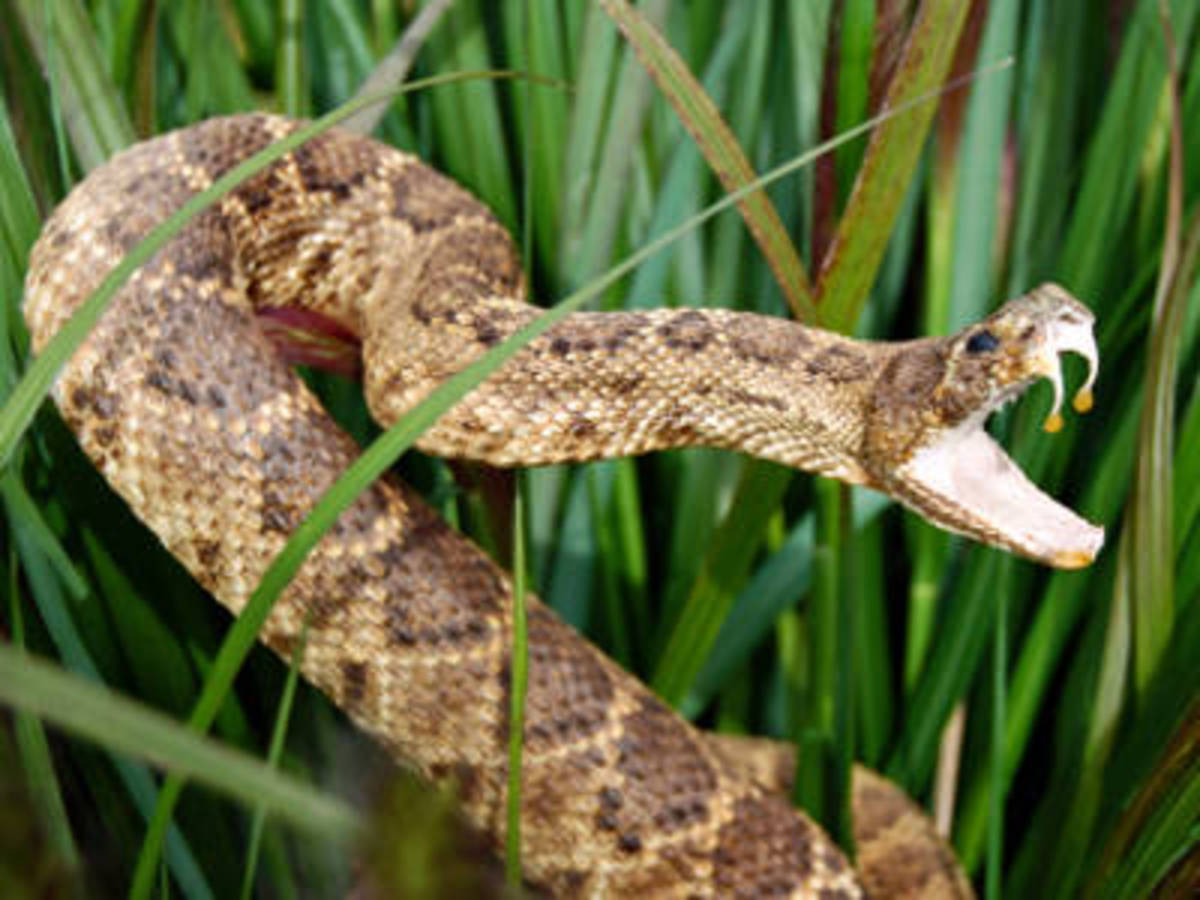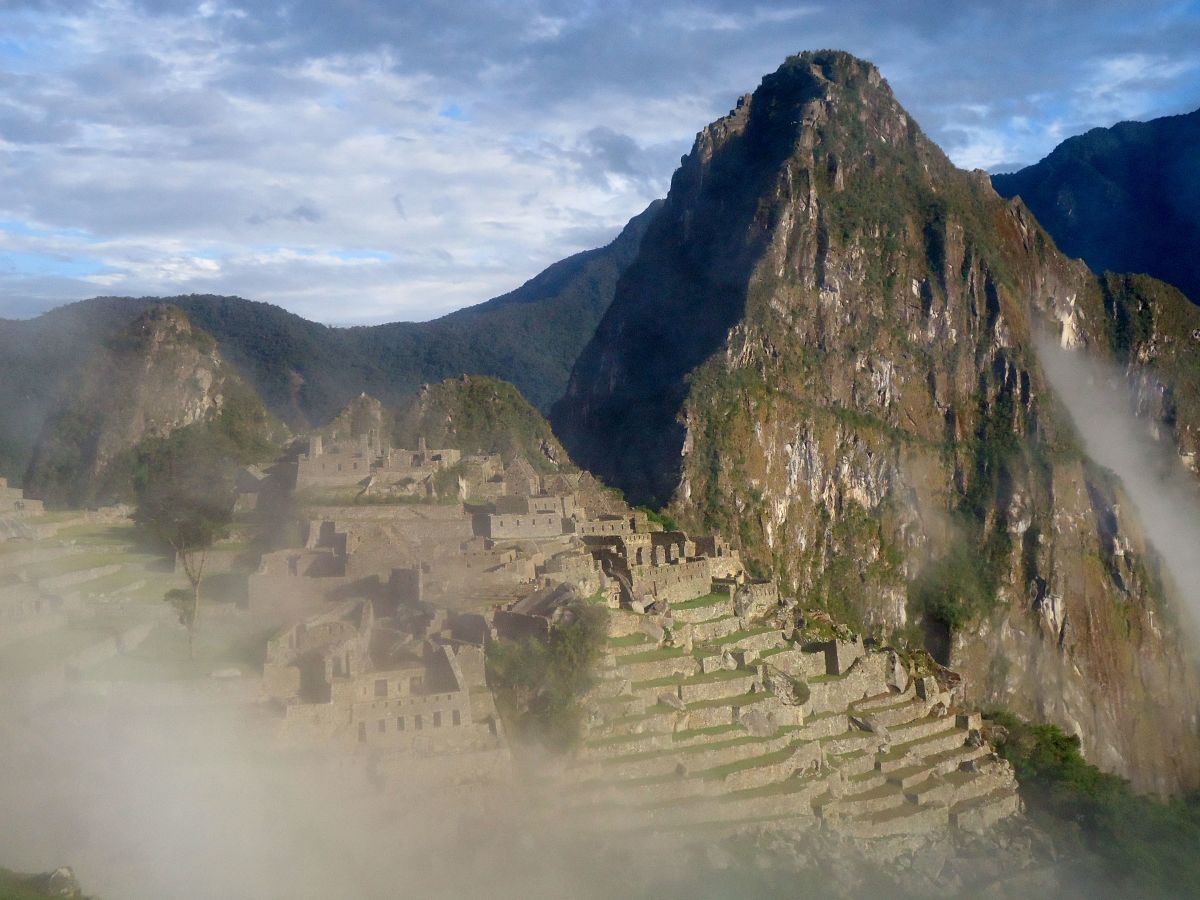Rio Silanche Bird Sanctuary - Tropical Rainforest Refuge
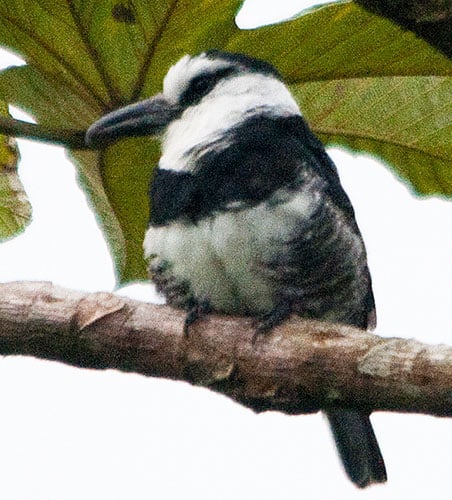
Deforestation has become a bane for the many inhabitants of the tropical rainforests around the world. Although the exotic trees are a boon for the local farmers, their destruction in the name of progress and economic survival has proven to be a death sentence to many endemic species of flora and fauna. The Rio Silanche Bird Sanctuary in northwest Ecuador was purchased in the middle of this devastation in hopes of preserving a little of that habitat and providing a home for many endangered creatures.
History
The Rio Silanche Bird Sanctuary is part of the Mindo Cloudforest Foundation, an organization founded for the purpose of conservation and promotion of ecotourism in Ecuador. MCF presently possesses four reserves including Milpe Bird Sancutary and Milpe Gardens, both in the Mindo Valley forest region. The other protected area is in the Tandayapa Valley.
In March 2005, 80 ha (200 ac) of land were purchased in the Chocó Lowlands along the Silanche River. Trails were completed in July of the same year and three months later a canopy observation tower was opened to the public.
Location
Rio Silanche Bird Sanctuary is located in the Pichincha province about a three-hour drive from Quito Ecuador. The access road is easily reached by public transportation although the way from the principle highway to the reserve is not quite as approachable.
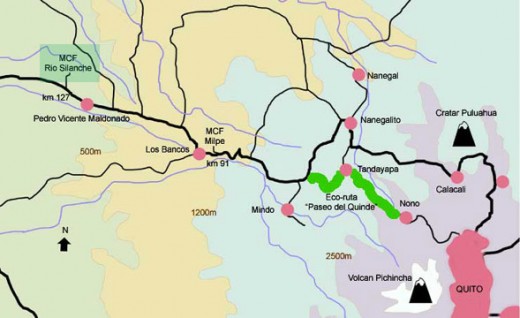
From Quito it is necessary to take the Quito-Calacali-Esmeraldas road past the Equatorial Monument. The highway passes through arid paramo at 3000 m (10,000 ft) before winding along steep mountain roads and cavernous gorges. Located at kilometer 56 is the town of Nanegalito, a small rural village with several restaurants and tiny shops where the traveler can acquire refreshments. Continuing along the main road at kilometer 78 is the turn-off for the community of Mindo, one of the most popular birding locations in Ecuador. Traveling further south the wanderer will pass through the city of San Miquel de los Bancos. Here, the Hostel Mirador Rio Blanco provides a comfortable location to spend a night or share a meal in their large dining room with its huge windows opening on to tanager and hummingbird feeders.
The access road to Rio Silanche is at kilometer 127. There is a small sign on the right side of the road indicating the reserve but one must be cautious as they approach because the turn-off can be easily missed. From the principal highway to the sanctuary is about seven kilometer along dirt roads. This is a good spot to begin ones observations since there are many species of birds as one passes through the farming countryside. After crossing the metal bridge spanning the Silanche River travel another .5 kilometers to the reserve entrance on the left.
Facilities
The Rio Silanche Bird Sanctuary has very limited facilities, unlike its sister reserve at Milpe. However, it does have a 15 m (50 ft) canopy tower with two levels allowing the avid birder to attain a better view of species that inhabit the canopy and understory of the tropical rainforest. There is a small living quarters at the base of the tower that can accommodate up to four researchers or volunteers.
The reserve is situated in the center of an agricultural area and therefore forms an oasis for many mixed flocks that seek refuge from the more developed region. It is comprised of a combination of primary forest, regenerating forest, former plantation and new agro-forestry parcels. There are several well-maintained paths that circumvent the property allowing for better observation and location.
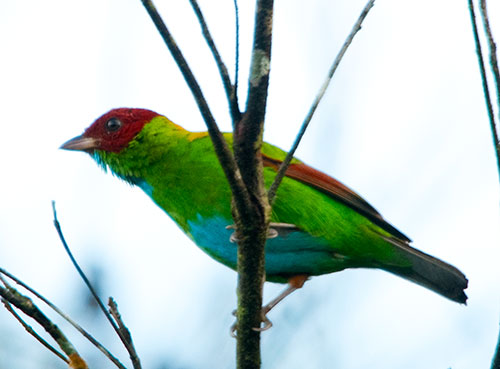
Birding Opportunities
The Rio Silanche Bird Sanctuary is located at an altitude between 300 – 350 m (1000 – 1200 ft). Due to the extensive deforestation at this elevation this reserve protects the last remaining key forest within the region. This in turn attracts many of the important Chocó endemic species that cannot otherwise be observed without a visit to Esmeraldas or Colombia.
Uncommon birds such as the Blue-whiskered Tanager, Scarlet-and-white Tanager, Scarlet-breasted Dacnis, Slate-throated Gnatcatcher, Black-tipped Cotinga, Purple-chested Hummingbird, Chocó Trogon, Double-banded Graytail, Griscom’s Antwren, and the Stub-tailed Antbird are all regular visitors to the reserve. Other rare species such as the Choco Woodpecker, Lita Woodpecker, and Black-tipped Cotinga have also been seen on the property.
Where to Stay
The Rio Silanche reserve is located in a farming community and therefore limited lodging is available. However, hostels and hosterias in Pedro Vicente Maldonado or San Miquel de los Bancos are near enough to provide the traveler with affordable accommodations and a short drive to the facility. Taxis are available in these locations and can provide transportation at a reasonable cost. The driver will wait for the visitor and return them to there inns at the end of their stay.
Summary
Rio Silanche Bird Sanctuary is a necessary addition to any birding itinerary. The canopy tower provides a wonderful vantage point for observing those species that can normally be seen only from the ground. Although it is a little more difficult to reach it is a definite target area for any serious traveler.
Other Articles by this Author
- Club-winged Manakin - Tropical Rainforest Casanova
Club-winged Manakin (Machaeropterus deliciosus) The tropical rainforests of South America entice many naturalists to observe the abundant treasures that are hidden within its canopies. There is, however, one... - Rainforest Photography in Ecuador
Straddling the equator from which it takes its name, Ecuador encompasses an area of 285,561 sq. km. (109,415 sp. mi.) UNESCO designated the capital, Quito, as a World Heritage Site in 1978, along with the... - Black-tailed Trainbearer - Hummingbird with an Impre...
Male Black-tailed Trainbearer (Lesbia victoriae) There is so much to see and do in Quito Ecuador because of its World Cultural Heritage Site status. However, there are other encounters while walking the...
Related Links
- The Birds of Ecuador
Photos and articles about the birds of Ecuador - Discovering the Birds of Ecuador
Birding location in Ecuador


